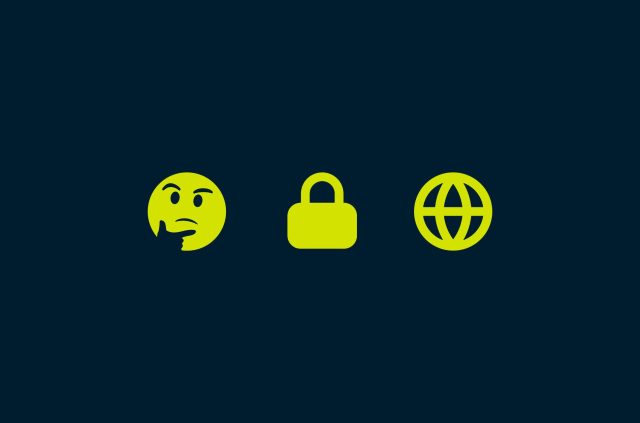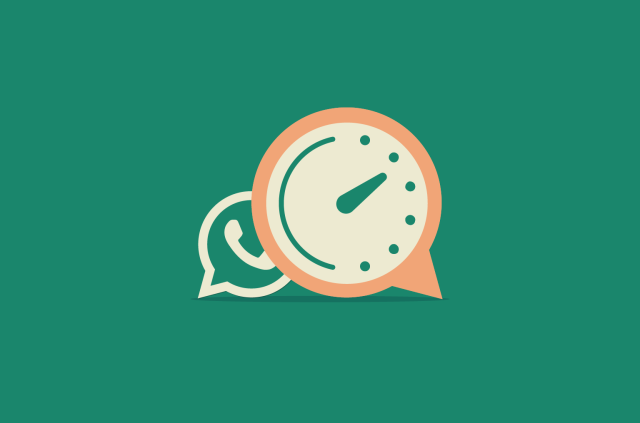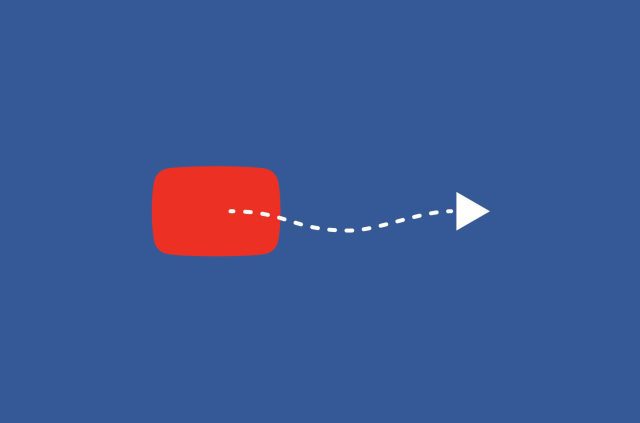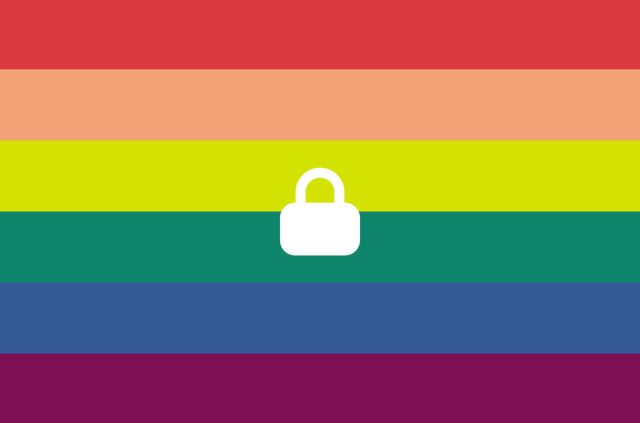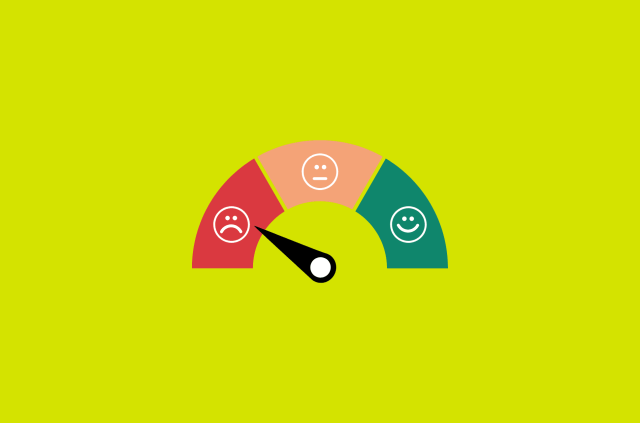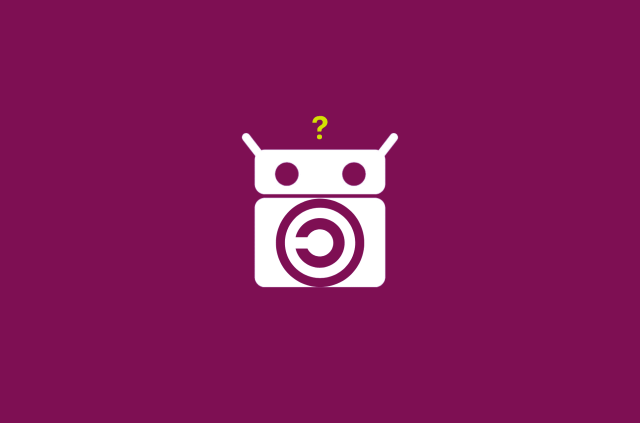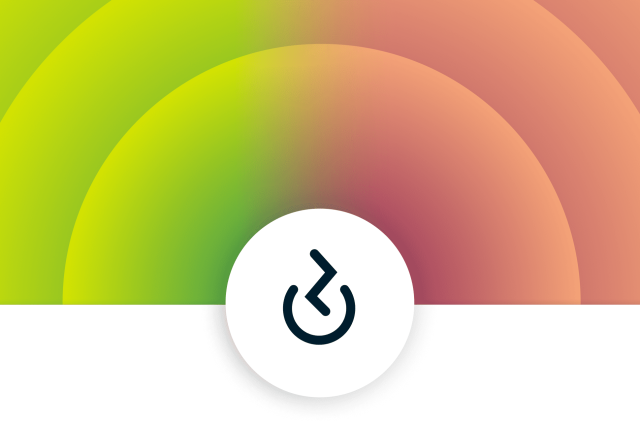
- In celebration of World Emoji Day 🌎, we surveyed people across France, Germany, Spain, and the U.S. to better understand how emojis impact our daily lives.
- Our brains process emojis in the same way as words. Using them can change the way we interpret a message.
- Emoji use can provide insights into mental health and interpersonal relationships.
- Gender, cultural, and societal norms can affect how we use emojis, with age determining the types of emojis used.
- The future of emojis is expected to become more sophisticated with advancements in AI (artificial intelligence), AR (augmented reality), and VR (virtual reality), and they’re likely to include broader representation of cultures, lifestyles, and identities.
- As emoji popularity and usage continue to soar, prioritizing online privacy and security with services like a VPN download has never been more important.
Just like every other piece of technology, emojis have evolved greatly over the decades. These modern-day hieroglyphics have officially become a part of our digital dialect, adding color, humor, and a lot of emotional nuances to our daily conversations. It’s estimated that more than 10 billion emojis are used every day, with over 95% of internet users having used an emoji at some point. And, just like new words are added to dictionaries, new emojis are created each year, growing the emoji lexicon.
There are currently over 3,600 emojis available on almost every device and platform we use. In fact, emojis are so ingrained in our lives that studies have shown that our brains process them like we do words. As a result, the inclusion of an emoji in a sentence could change how we interpret a message or information—which could ultimately lead to confusion or awkward misunderstandings.
Emojis also have a diverse range of interpretations depending on the person seeing them, leading to the widespread belief that they carry hidden connotations. For example, this is the predictive search that appears for the 😂 emoji:
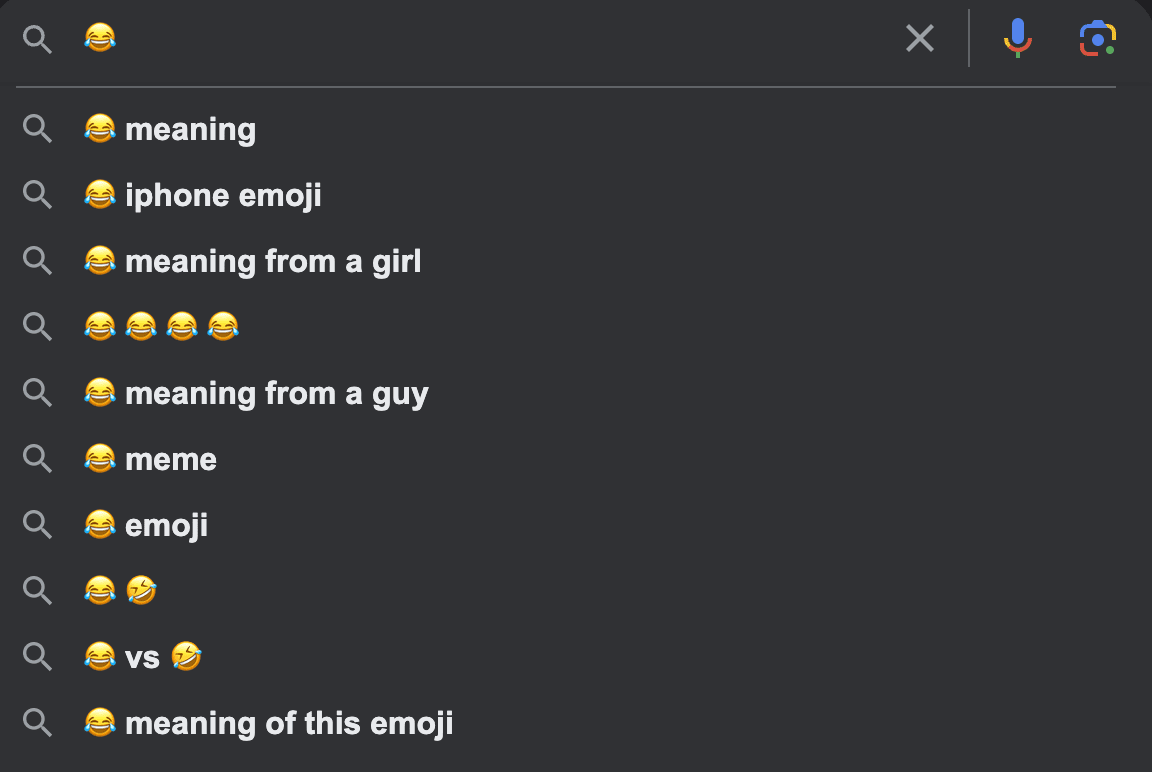
There’s no denying that these small, colorful symbols have become an integral part of our online conversations, enabling us to express emotions, convey meaning, and enhance our messages in ways that words alone often cannot.
In celebration of World Emoji Day 🌎 on July 17, 2023, a commemorative day dedicated to embracing emojis, ExpressVPN surveyed nearly 1,000 participants across France, Germany, Spain, and the U.S. to better understand society’s perception of emojis. Together, this diverse group offers valuable insights into what different emojis mean to different people, as well as how using them frequently could be our way of trying to hide our true emotions.
Going from :—) to 😄: The evolution of emojis
Before emojis came onto the scene, many of us relied on emoticons like :—) , :—( , and ¯_(ツ)_/¯ to express our thoughts when we tacked them to the end of our sentences. Need to send a flirty text? Just pop a ; onto your smiley and watch it transform into a winking face, instantly turning a friendly emoticon into a cheeky one: ;—)
Emoticons then paved the way for Japanese artist Shigetaka Kurita, who worked for mobile carrier DOCOMO, to create the first 176 emojis in 1999. His initial iteration (below) featured characters relating to the weather, technology, and everyday items.
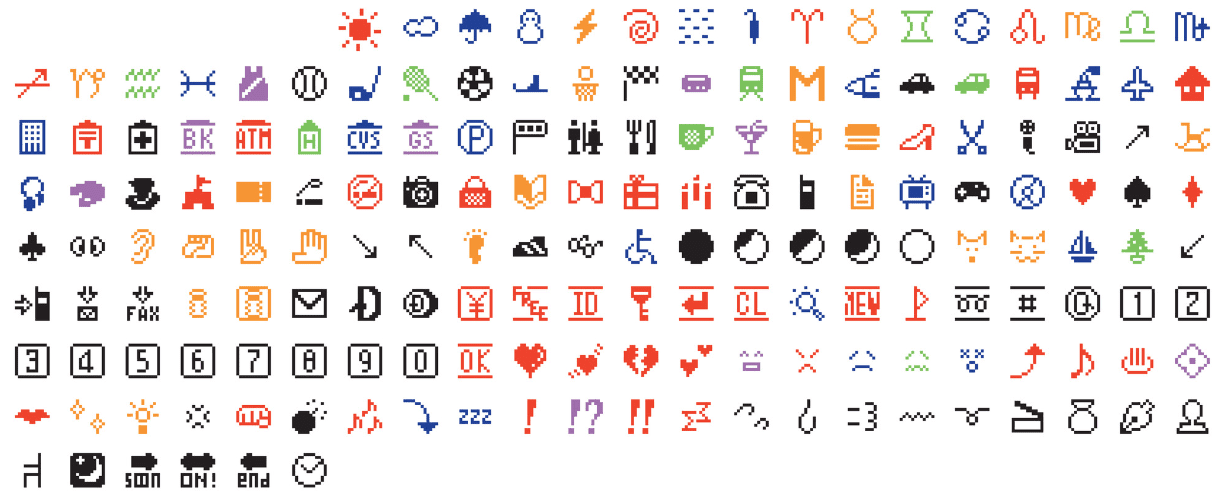
Fast-forward to the present day, and emojis are now considered a respected and legitimized form of communication embedded in our daily lives. New iterations are released once or twice a year to reflect our constantly evolving world.
For many, having cultural items, national flags, and food turned into emojis is a significant mark of representation and inclusion. In 2019, emojis representing diversity of ability (shown below) were introduced. Later, throughout 2020 and 2021, gender-neutral and people emojis with various skin tones were included.

Why we use emojis
Considering how emojis have become such an integral part of society, over the years, psychologists, linguists, and researchers have been investigating their psychological impact on the way we communicate.
Their studies have revealed some interesting findings, including how emojis have the ability to enhance emotional expression and promote empathy in digital interactions, as well as how they bridge the gap left by the absence of nonverbal cues in online conversations—enabling us to convey tone, mood, and intention more effectively.
To delve deeper into these insights and uncover additional findings, we conducted a survey involving participants from four countries. The first thing we discovered? The majority of respondents (over 96%) from all markets use emojis regularly when communicating.
People in Spain use emojis more often than those in the U.S.
Of those surveyed, Spanish respondents reported using emojis more frequently than those in other countries. When asked how often they use an emoji when communicating through text, social media, and emails, 40% of Spanish respondents said always. This was followed by 36% of French, 35% of German, and 26% of U.S. respondents.
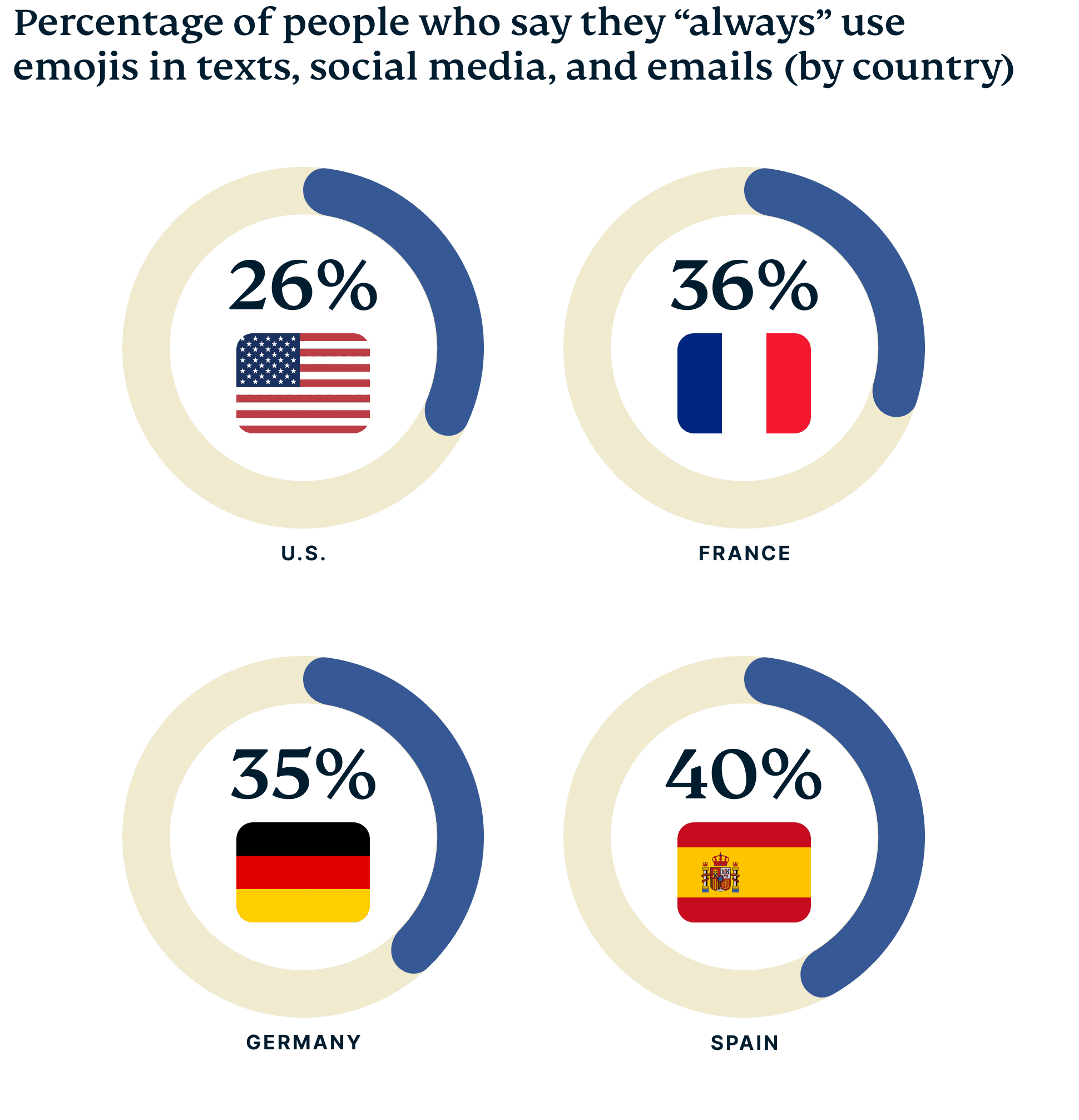
Emojis, emotions, and softening the blow of bad news
Not surprisingly, many people prefer to use an emoji rather than words to express their emotions. This is likely related to the difficulty of conveying emotion through messaging without visual cues like facial expressions and body language—something that was echoed in our survey.
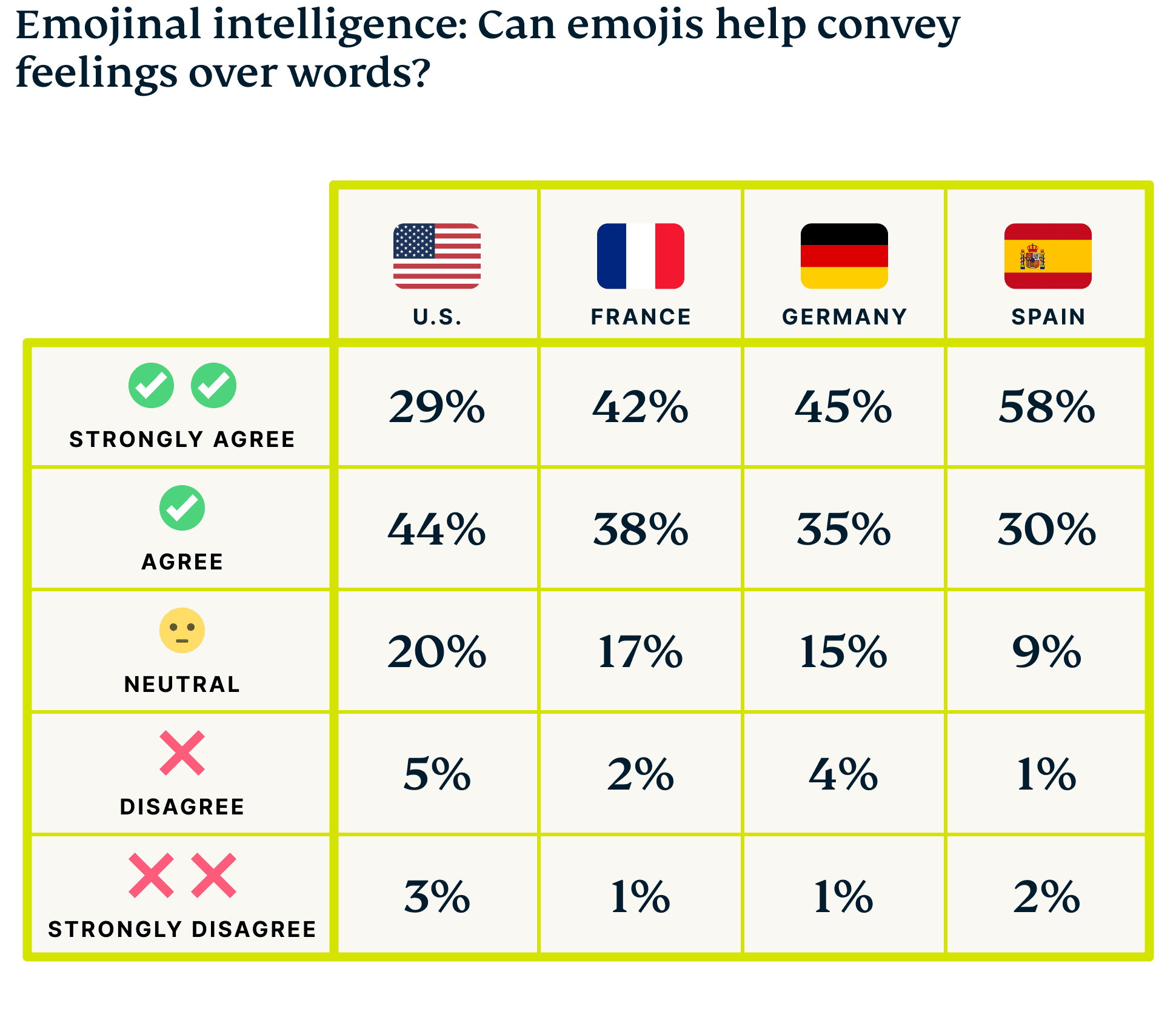
Over half (51%) of Americans said they don’t believe emojis soften the blow of bad news—a more prevalent feeling than reported in France, Germany, or Spain. However, more than half share that they’ve also used emojis to hide how they feel.

According to a study published by Frontiers in Psychology, the use of emojis can provide significant insights into a person's mental health and interpersonal relationships. Various studies also underscore the impact of gender, cultural, and societal norms on emoji use.
For example, women often use heart emojis to show support and care for other women and their friends. In contrast, men rarely use them in the context of male friendships, as the heart emoji is typically reserved by men to convey romantic intentions.
Gen Z's unique approach to emoji usage
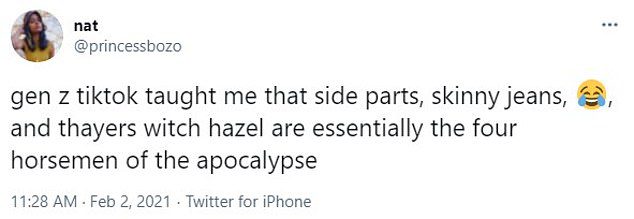
Age also determines the types of emojis we use. Members of Gen Z (those born between 1997 and 2012), for example, went viral when they labeled the crying laughing face emoji (😂) as “outdated” because their parents often use it. Instead, the age group prefers using the skull (💀) or crying face (😭) emojis to indicate that something is genuinely amusing. These are sometimes accompanied by the internet slang caption, “I’m dead.”
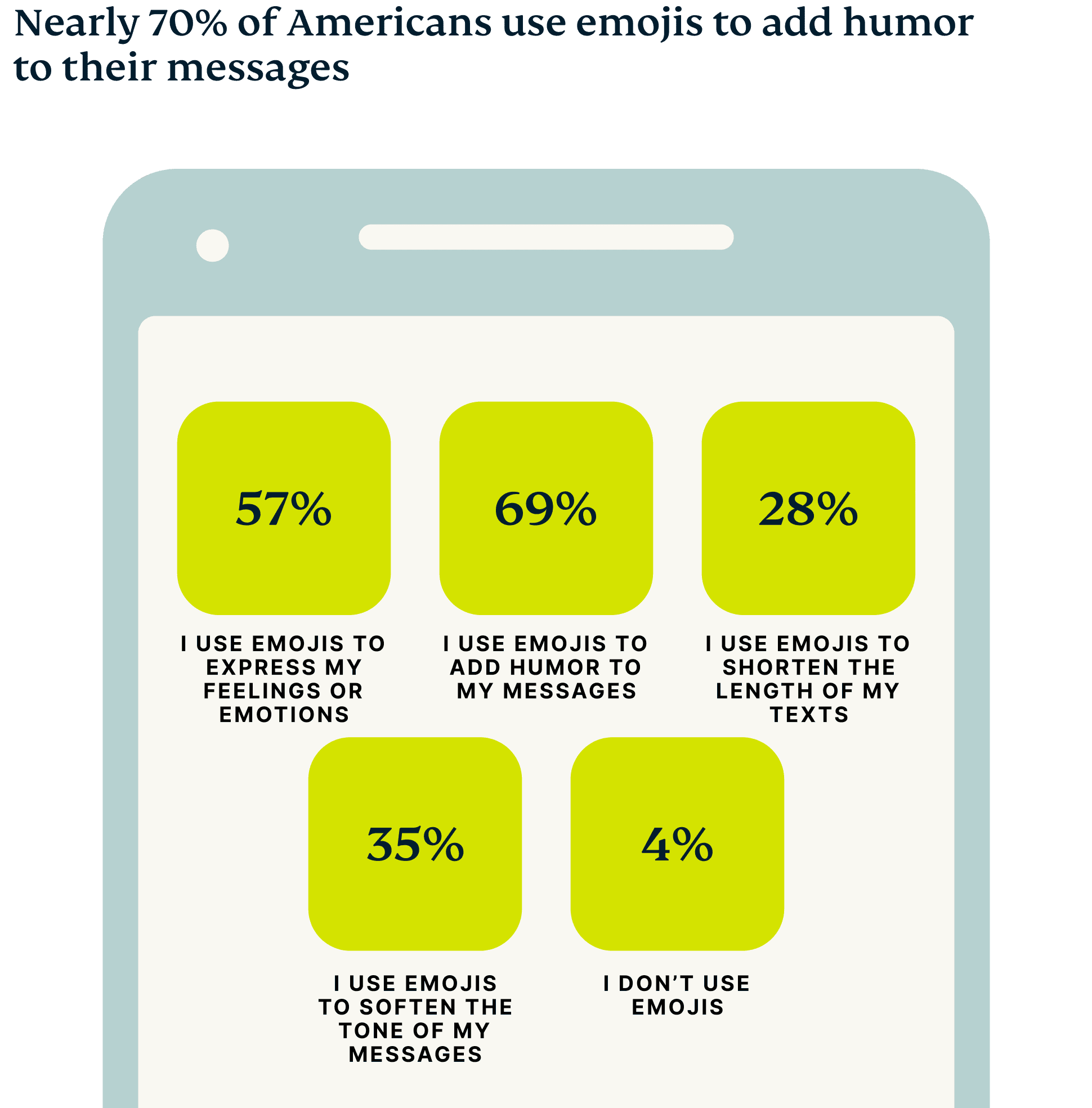
In 2022, Keith Broni, the editor-in-chief of Emojipedia, confirmed that members of Gen Z use emojis differently from other generations. For example, the slightly smiling face emoji (🙂) and thumbs-up emoji (👍) are considered passive-aggressive. Instead, Gen Z opts for more enthusiastic smiley faces (😊) to add emotional clarity.
When 🍆🍑🍌💦 isn’t what you think it is
The University of British Columbia Okanagan studied emojis and their role in sexually suggestive contexts. Among participants who used sexually suggestive emojis, 51% reported a subsequent engagement in sexually suggestive behavior.
The three most common emojis used in a sexual context are the tongue (👅), eggplant (🍆), and sweat droplets (💦). The smirking face (😏), winking face (😜), and blowing-a-kiss face (😘) emojis were the three most common facial expressions used when talking about something sexual.
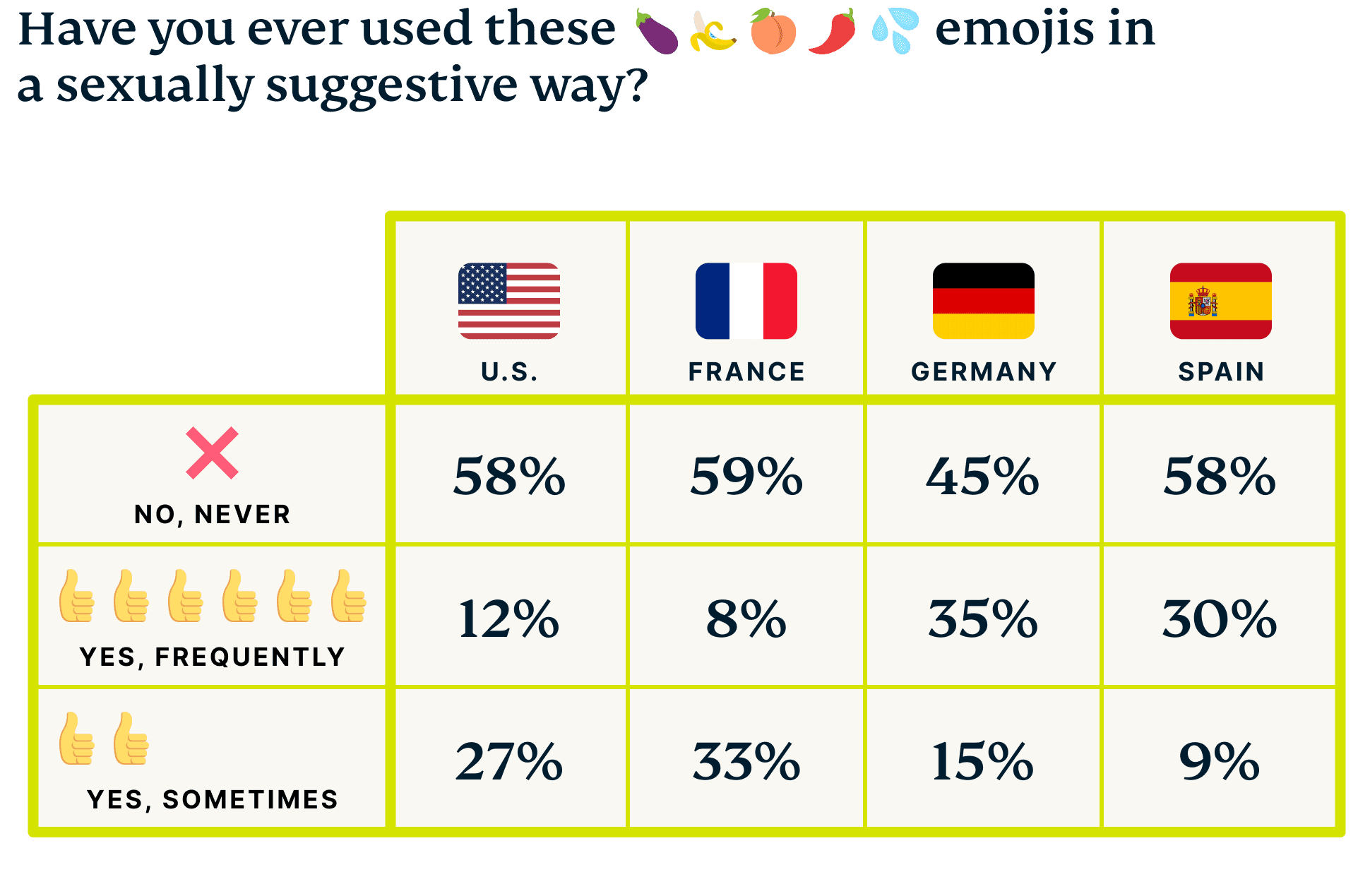
When we asked our respondents if they had ever used an emoji in a sexually suggestive way, more than half said no. For example, almost 59% of those surveyed in the U.S. and France (and 56% in Spain and 55% in Germany) said they have never used the above-mentioned emojis to imply anything other than what they’re meant to convey.
However, for those who said yes, sexually suggestive emoji usage was more frequent among those aged between 18 and 24, than any other age group.
America’s favorite emojis
Humans are creatures of habit——and when it comes to emojis, the same principle holds true. According to our survey, 70% of individuals use certain emojis when interacting with their family, friends, and colleagues. This same group tends to rely on a select few emojis consistently.
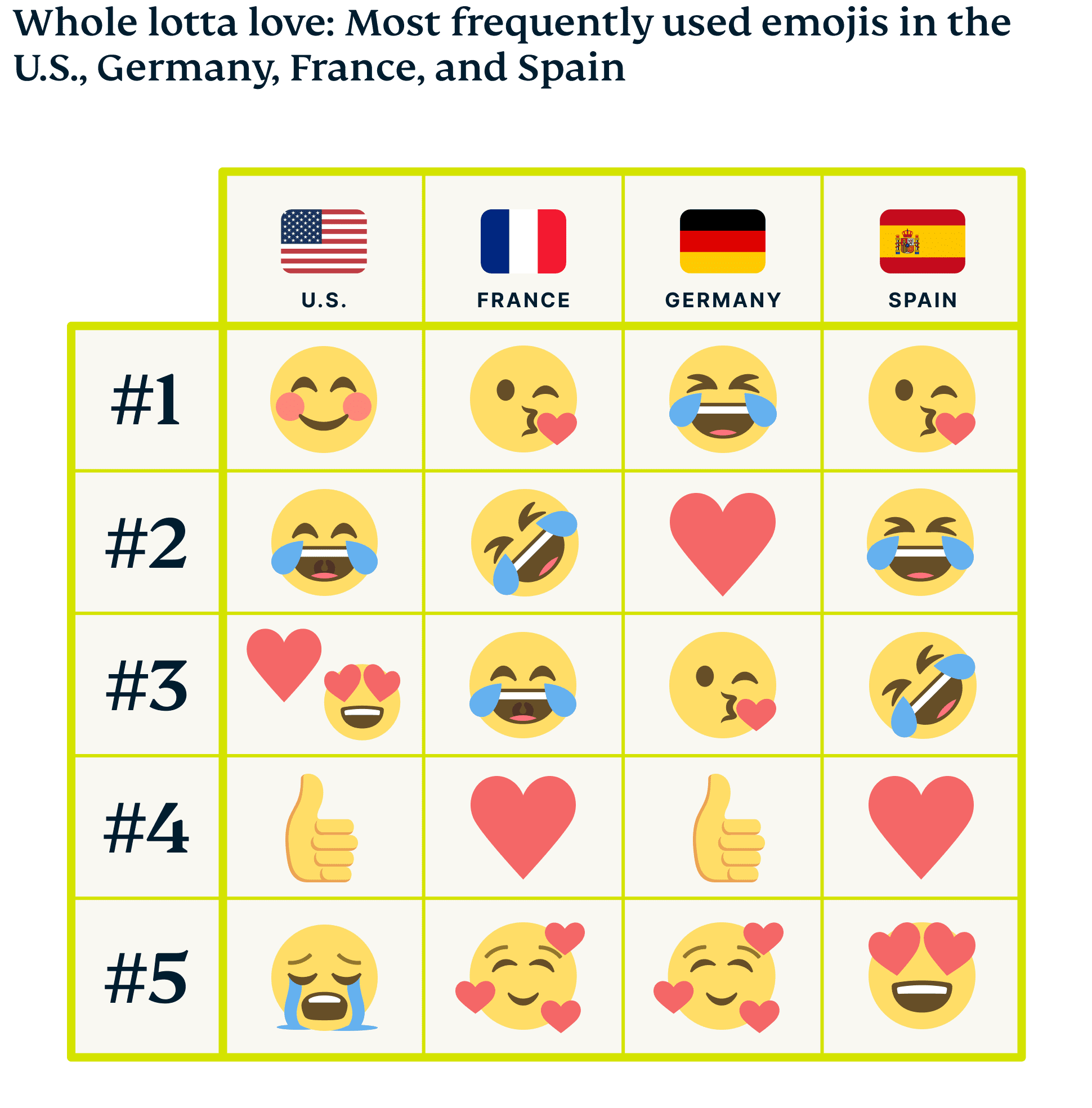
When asked what the top five emojis they used most often are, the results were similar (and primarily positive) for most U.S. respondents. The smiley face (😊)—or some variation—is the most-used emoji. This was followed closely by the laughing-crying face (😂), heart (❤️) or heart eyes (😍) emojis, thumbs up emoji (👍), and crying face emoji (😭). Other notable mentions include the kissy face emoji (😘), OK hand sign emoji (👌), and grinning face with sweat (😅) emoji.
Calls for better representation and diversity

Despite the annual addition of more emojis to the lexicon, along with efforts to include emojis that better represent diverse groups of people, we also wanted to explore whether respondents felt that there were enough emojis currently available.
Our findings revealed that while 33% of U.S. respondents believed there were sufficient emojis, an even larger group of 35% expressed their desire for more smileys and people emojis. This sentiment was echoed across the three other countries.
So what might be missing? For example, there are currently no emojis that depict indigenous communities, like the Inuit and Aleutians of the Circumpolar region, the Saamis of Europe, and the Aborigines and Maoris of Australia and New Zealand. There are also no emojis that show different body sizes.
Moreover, 29% of participants said that they want to see more emojis related to animals and nature (for example, these could include an ostrich, snow leopard, or white tiger), while 26% wanted a wider selection of food and drink emojis—perhaps pertaining to their particular country or culture.
Should emojis be used at work?
The use of emojis in workplace communications has long been a topic of debate. Although some emojis are clearly unsuitable for professional settings (we’re looking at you, middle finger emoji), the widespread availability of emojis in popular professional messaging apps such as Slack, Google, and Microsoft Teams has made their usage more common. Nevertheless, our research indicates that 53% of Americans hold the belief that emojis should never be used in the workplace.
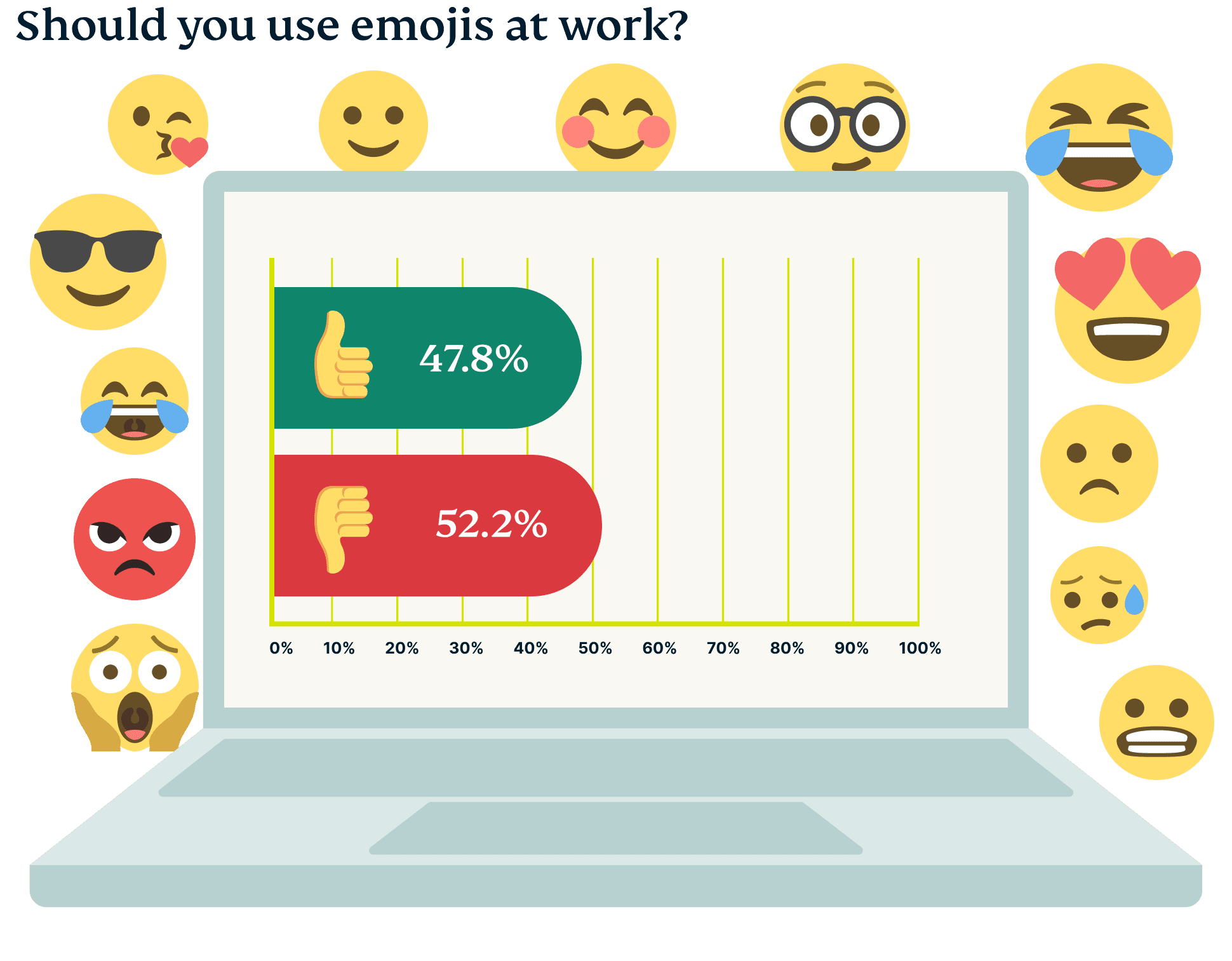
While this may stem from the belief that emojis are too casual or informal for work environments, it could also be rooted in the risk of minor misunderstandings arising from the varying interpretations of emojis.
For example, according to our survey, 33% of Americans admitted to misinterpreting an emoji. For example, the prayer hands emoji (🙏) is sometimes mistaken for a high five, and the hot face emoji (🥵) could be interpreted as describing both weather conditions and someone’s attractiveness. In a workplace setting, this could sometimes result in awkward situations.
The future of emojis
While the future of emojis is entirely speculative at this point, it does hold exciting possibilities driven by advancements in technology. With the rapid progress in AI, AR, and VR, emojis are poised to become more sophisticated and immersive.
Major device makers like Apple, Samsung, and Google are expected to introduce new emojis, to keep up with the evolving landscape. For example, Apple’s Animojis and Memojis have already allowed users to personalize emojis to their likeness, and the upcoming iOS 17 update will further enhance this customization feature.
The introduction of AR and VR headsets also opens up the potential for emojis to transition from 2D to 3D, adding a new dimension to their expression. Moreover, as emojis are proposed and approved by the Unicode Consortium, representing diverse cultures, lifestyles, and identities is likely to be a focus, leading to an expanded range of emojis that resonate with a wider audience.
However, as emojis become deeply ingrained in our daily lives and digital interactions, it's important to remember the security implications of this increased reliance. Sharing personal information and engaging in online conversations can always expose us to various risks, including data breaches, identity theft, and invasive surveillance. This is why, as technology continues to advance, it's important to ensure that your security and privacy measures—like using VPN—evolve with it.
For example, by embracing a high-quality VPN as a proactive measure, you can enjoy the immersive and expressive world of emojis while maintaining control over your digital privacy. Prioritizing online security empowers you to engage in online conversations and share personal information with peace of mind, knowing your data is protected. Now, if only they’d make an emoji for that!
If there were an emoji for VPNs, what do you think it would look like?
Take the first step to protect yourself online. Try ExpressVPN risk-free.
Get ExpressVPN

